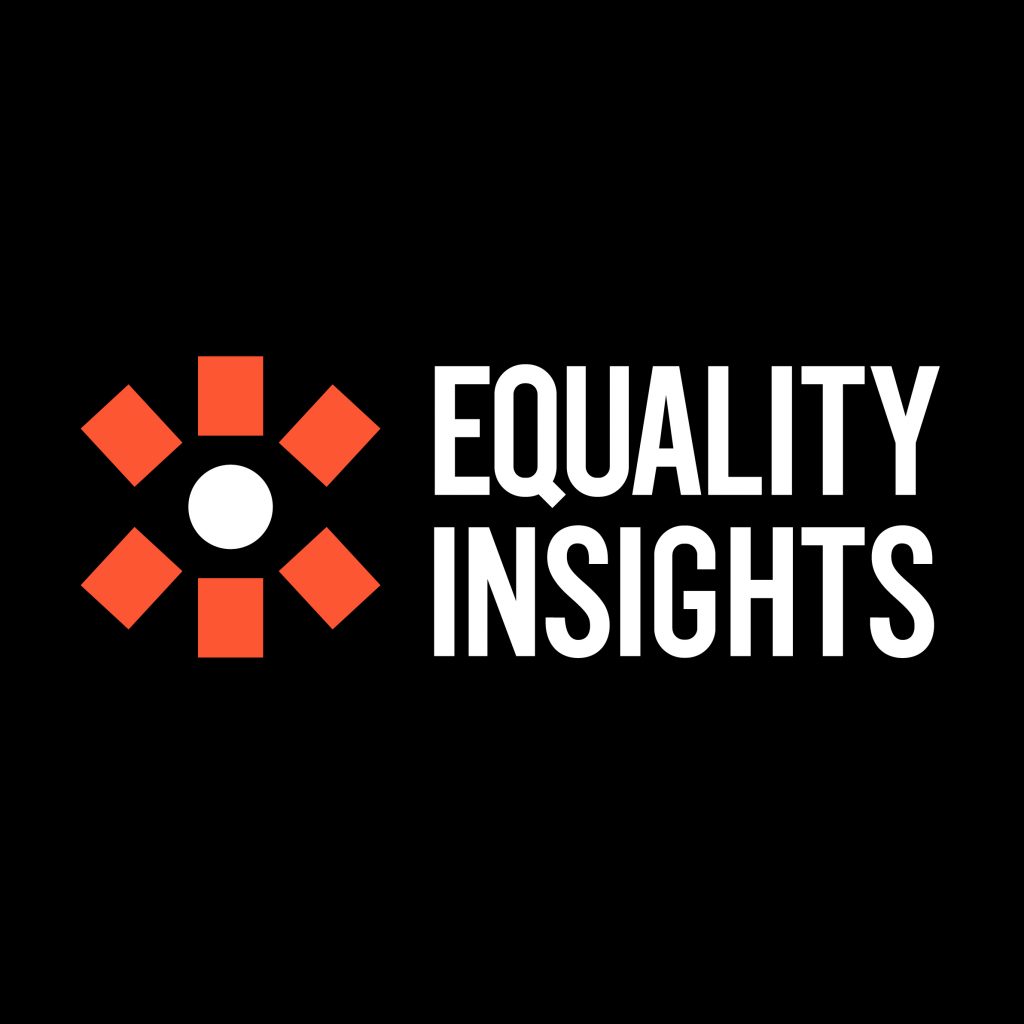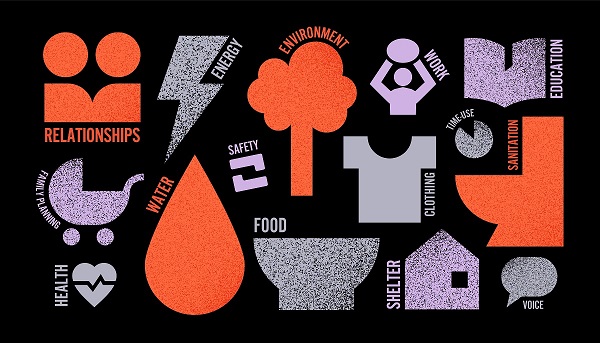
Can data be feminist?
Well, we know that data can be sexist
Last year Bill and Melinda Gates’ annual open letter (‘Things we didn’t see coming’) listed one of nine surprises in global development as the perpetual lack of data on women and girls. “I think the main reason is that we create this artificial divide where some issues are ‘women’s’ issues and others aren’t, and the women’s issues don’t get as much in-depth study. That blocks progress for everyone,” said Bill. “You can’t improve things if you don’t know what’s going on with half the population.”
Some of the biggest questions they still couldn’t answer were:
- How much did women earn in comparison to men?
- Are women less likely to own property?
- Will an adult preference their child’s healthcare over their own? Is that more likely the case for women?
- How many more hours do girls spend on household chores than boys? Does that affect their levels of education?
“The problem isn’t only that some women are missing from the record altogether,” said Melinda. “It’s also that the data we do have—data that policymakers depend on—is bad. You might even call it sexist.” This comes back to the point on some things being ‘women’s issues’ and therefore being the only things recorded on that group, such as rate of childbirth. This is sexist and problematic as it boils women down to being measured purely by their reproductive status – Handmaid’s Tale, anyone?
How things are perceived = how policy is made
If we don’t know much about women’s needs beyond family planning, then programs and systems will not be built with their requirements in mind. Even in ‘developed’ contexts, women are often left out of the picture. In Caroline Criado Perez’s book Invisible Women: Exposing data bias in a world designed for men, we see that what medicine, cars, heating units and smartphones have in common is that they are all objects designed to be used by men. The database of user information, the testing conditions and the ‘standard requirements’ of final products and systems do not take into account that people of different genders may have different biological requirements – such as an airbag not suffocating them if they are under six feet.

So – if we know that data can be sexist, what’s the alternative? Can it be feminist?
Another book, by Catherine D’Ignazio and Lauren F. Klein, has coined the term ‘data feminism’. Informed by intersectional feminism, the book looks at how power and privilege influence decision making, explaining that “oppression involves the systematic mistreatment of certain groups of people by other groups”. This might manifest as sexism, ableism, racism, colonialism or classism. As summarised in this helpful reader’s thread, the starting point for data feminism is that power is not evenly distributed among different groups, and many acquire more power at the expense of others. Acknowledging (and changing) that data is often collected, interpreted, disseminated and prioritised by people who hold privilege is the first step toward gathering statistical evidence of diverse lived experience. The book prompts for data to be used as a tool to rethink binaries and hierarchies and make the circumstances of marginalised people visible, recognised and valued.
#DataFeminism: a way of thinking about data, both their uses and their limits, that is informed by direct experience, by a commitment to action, and by intersectional feminist thought.
— Abeba Birhane (@Abebab) May 31, 2020
How does IWDA fit into the world of data feminism?
This year, IWDA launched our flagship initiative Equality Insights, building on our legacy of more than 12 years of research in numerous multi-stakeholder collaborations to develop and test a world-first gender sensitive measure of multidimensional poverty. How does Equality Insights promote data feminism? Instead of drawing on pre-existing data in the Pacific, for example, Equality Insights uses a new, purpose-built tool to survey and measure the impact of poverty on men and women across 15 dimensions of their lives.

Typically, information about household income and livelihoods is obtained through surveys that ask one person to provide information about their family or household. By collecting data this way, many assumptions are made about how resources are distributed across household members – even though we know that someone’s gender, age, disability, ethnicity or sexual orientation are factors in their ability to access and control resources.
Equality Insights surveys every adult in a household asking questions about their day-to-day lives. By doing this Equality Insights is able to illuminate circumstances and priorities that would otherwise remain hidden. In Fiji, in the shelter and energy dimensions of the survey we found that women’s experience of their environment was different, with over-exposure to unclean cooking fuel (disproportionate to men’s due to gender norms around domestic work) was leading to an increase in poor health outcomes for women, who also had less access to long-term, quality healthcare based on age and location. In the Solomon Islands, in the shelter dimension we found that despite sharing the same four walls as their male family members, women also had less access to water for their personal hygiene needs – a pertinent issue during the call for increased handwashing amid the Coronavirus pandemic.
By making visible previously hidden power imbalances and the circumstances that contribute to marginalisation, Equality Insights is helping to redefine poverty and opening up new avenues to pursue change. IWDA will continue to join with women’s rights organisations, movements and other actors to advocate for better gender data as part of a feminist approach to progress.

